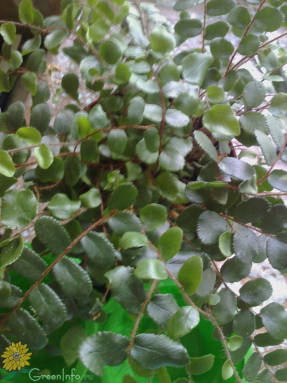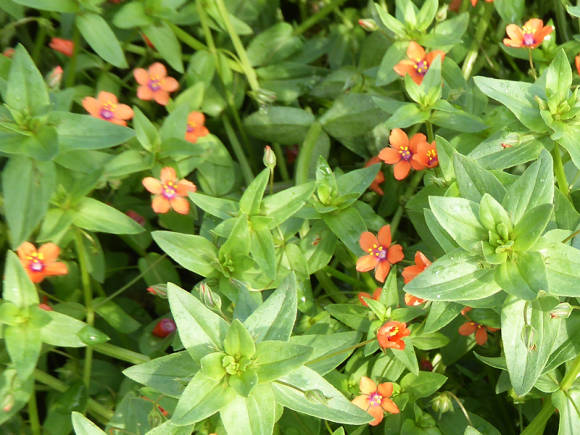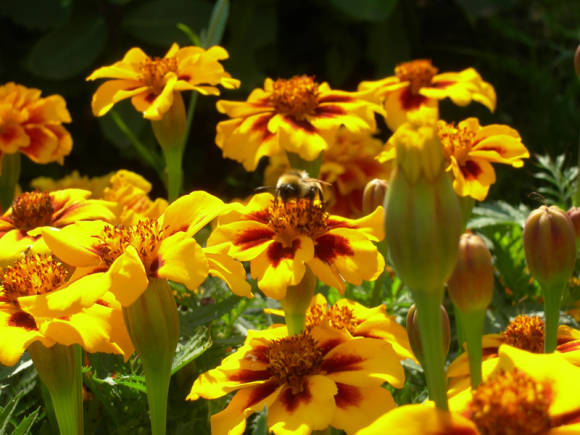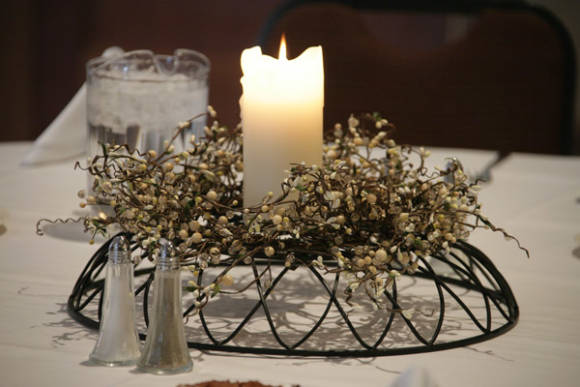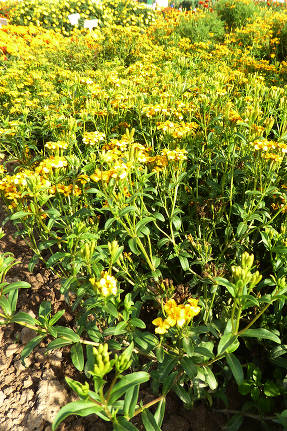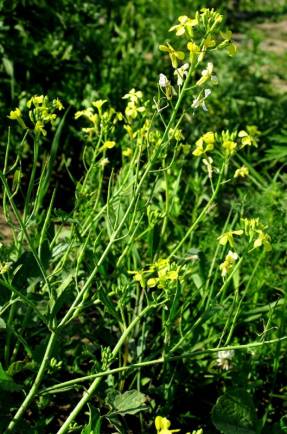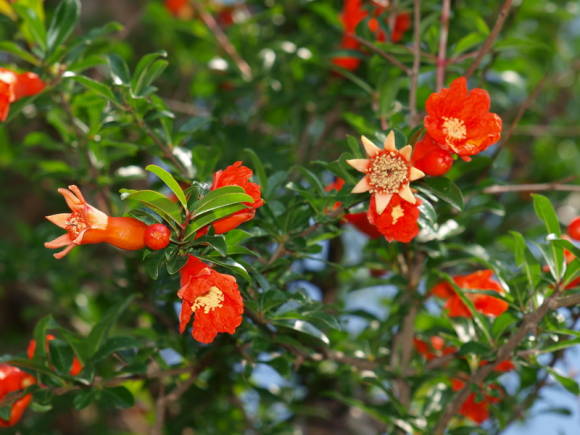Three-leaf watch (Menyanthes trifoliata) - a flower unlike anything, found sometimes, completely unexpectedly, in a swampy area, and capable of decorating any space, from a small stream to a large reservoir.
This flower, of course, is better known by its other name - water shamrock, but it is not very widespread, so not everyone even knows about its existence. This plant is very decorative - and a bizarre shape of leaf blades, and no less interesting shape of flowers. The watch can grow literally everywhere, but damp, swampy soils are considered their favorite soils. The flowering period is short, so it is not always possible to find a flowering plant in nature. The end of May - the beginning of June, just some 8-10 days - that's the whole feast of beauty.

In addition to lightning beauty, the watch is also beneficial, because it is a real healing culture, which is used not only in folk, but also in traditional medicine.
About medicinal properties - in the article Three-leaf watch: medicinal properties.
The shift is a bright and only representative of the Shift family, living in the rather temperate, in terms of climatic characteristics, Northern Hemisphere of our planet.
The height of the plant is small, on nutrient soil with plenty of moisture, it can stretch by 35-40 cm, but on poor soil or in a place where there is not so much moisture, it will be a real dwarf no more than two tens of centimeters high. The watch is characterized by rather thick and very long root processes, as well as a creeping stem, which is able to branch rather actively. On this stem are very large leaf blades, very rarely simple, whole, much more often trifoliate. All this beauty is crowned with beautiful pinkish-whitish flowers, which are collected in a rather dense and oblong brush. Flowers (five-lobed, up to 2.3 cm in diameter) are located on a peduncle reaching a height of 23-24 cm, they are always higher than the leaf blades, therefore they are clearly visible. It is interesting that flowers are able to protect themselves from insects that are completely unnecessary for them, which, by absorbing nectar, may not help, but harm the pollination process. As protection, they have the lightest hairs, which are located at the top of each petal in all flowers of the inflorescence. It was noted that pollination at the watch can occur even in damp and cold weather right in an unblown flower.
At the end of flowering, seeds are formed, which are collected in a fruit that has a shape similar to a box with two valves. The seeds are quite large and heavy, so they easily spill out after ripening - apparently, just under the weight of their weight.
Due to the special structure of the rhizome, the watch spreads rather quickly over the soil surface, sometimes occupying large territories, and the ability of the foliage to maintain its freshness and color for a very long time, even after the end of flowering and ripening of seeds, allows you to get whole carpets of pleasant green mass, which can be used to cover unsightly or unused parts of the site. Anything is better than black steam or tall weeds.

Cultivation of a three-leaf watch
Landing... If you decide to start a watch on your site, then select the most well-humid place for it. It can be not only a swampy area, but even a small shallow lake, or a slowly flowing trickle, but the water in which must necessarily be warm. Make sure that the soil in the place where the watch will grow is nutritious, because only there will it really grow. A reservoir where the water “blooms” is perfect, where the watch will grow especially actively.
If unauthorized distribution of the watch is not included in your plans, then plant it in a container that restricts the spread, but does not prevent moisture penetration, well, for example, in a wicker basket.
Sometimes the watch is the reason for the blooming of water in the reservoir, because the soil from the container is washed into the water. If you do not want this to happen, then plant it not in moisture-permeable containers, but in sealed, for example, pots that have holes only on the bottom (for the outflow of excess moisture). In order for a plant to grow in a closed container without problems, you need to fill it with nutritious soil, and isolate the upper part of the soil with a layer of clay 2-3 cm thick.It is better to take the fattest clay, so the soil will not be washed out into the water. After planting, the plants will start to grow, and when they develop sufficient vegetative mass, it will roll over the boundaries of the container, form additional roots, and already they, absorbing water and nutrients from the reservoir, not only do not worsen, but also improve the composition of the water, make it cleaner ... The planting depth of the watch varies depending on the type of soil - if it is dense soil, then 6-9 cm, and if it is loose, then 10-15 cm. The watch can withstand diving in shallow water up to 10 cm.

Reproduction... The watch is propagated by dividing the rhizomes, but they are most often used to decorate reservoirs that have a shallow depth. Most often, a three-leafed watch is placed on that part of the site where taller plants are simply inappropriate, because they can obstruct the view of the pond itself, or low plants growing in it. A three-leaf watch is also used to fill the empty space between tall plants located on the shore. The watch is also suitable for camouflage, that is, concealment of various technical means that ensure the cleaning of the pond, the supply of water or air.
